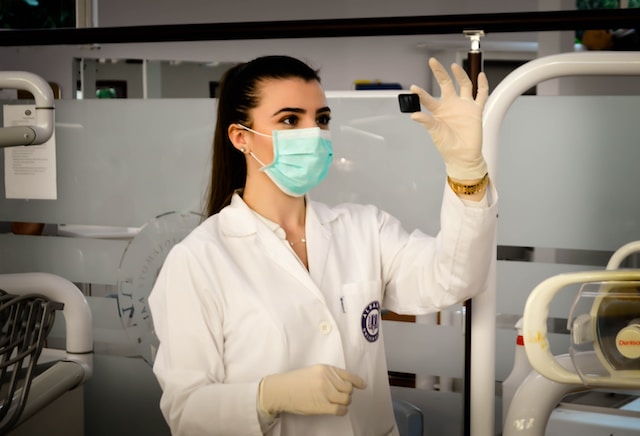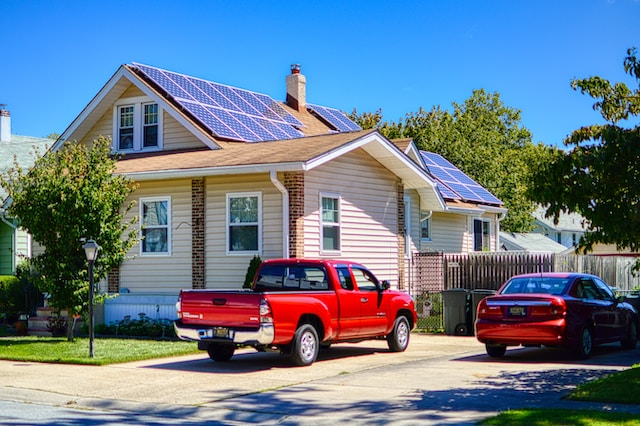Nanogenerators have already demonstrated their effectiveness in powering small devices like sensors and medical implants. In the exploration to adapt this technology for larger applications, particularly Internet of Things (IoT) networks, researchers have come up with a new solution.
Researchers at the University of Waterloo and the University of Toronto have developed small nanogenerators that use a novel piezoelectric material to convert mechanical vibrations into electricity for powering Internet of Things (IoT) devices. This technology can potentially revolutionize applications like medical devices and spacecraft sensors due to its compact size and affordability.
The researchers aimed to address the limitations of conventional piezoelectric materials used in commercial devices, which often contain harmful lead components.
After careful cultivation, a sizable solitary crystal of edabco copper chloride, a molecular metal-halide compound, was produced. This crystal displayed exceptional piezoelectric characteristics. This material served as the foundation for fabricating nanogenerators capable of harvesting mechanical vibrations in various dynamic scenarios, from human motion to automotive vehicles.
As reported in Nature Communications, the researchers achieved a maximum power density of 43 W cm2 when subjected to 50 kPa of pressure by integrating the piezoelectric material into a composite film. The mechanical energy harvesters utilizing heavy-metal-free molecular piezoelectric materials have achieved their highest reported value.
The nanogenerators are highly versatile, as they are as small as 2.5cm2 and have a thickness similar to a business card. They can be used in various IoT devices, powering sensors and enabling data exchange among interconnected objects.
The researchers envision a future where these nanogenerators could power sensory monitoring systems in aircraft through vibrations or sustain battery-free pacemakers using a person’s heartbeat. Dr. Dayan Ban, a researcher at the University of Waterloo, expresses excitement over the new material’s record-breaking performance and its potential to revolutionize energy generation.
The evident benefits of vibration-powered IoT networks could drive more adoptions, thus accelerating research and development efforts and leading to more efficient nanogenerators and expanded connectivity options.







